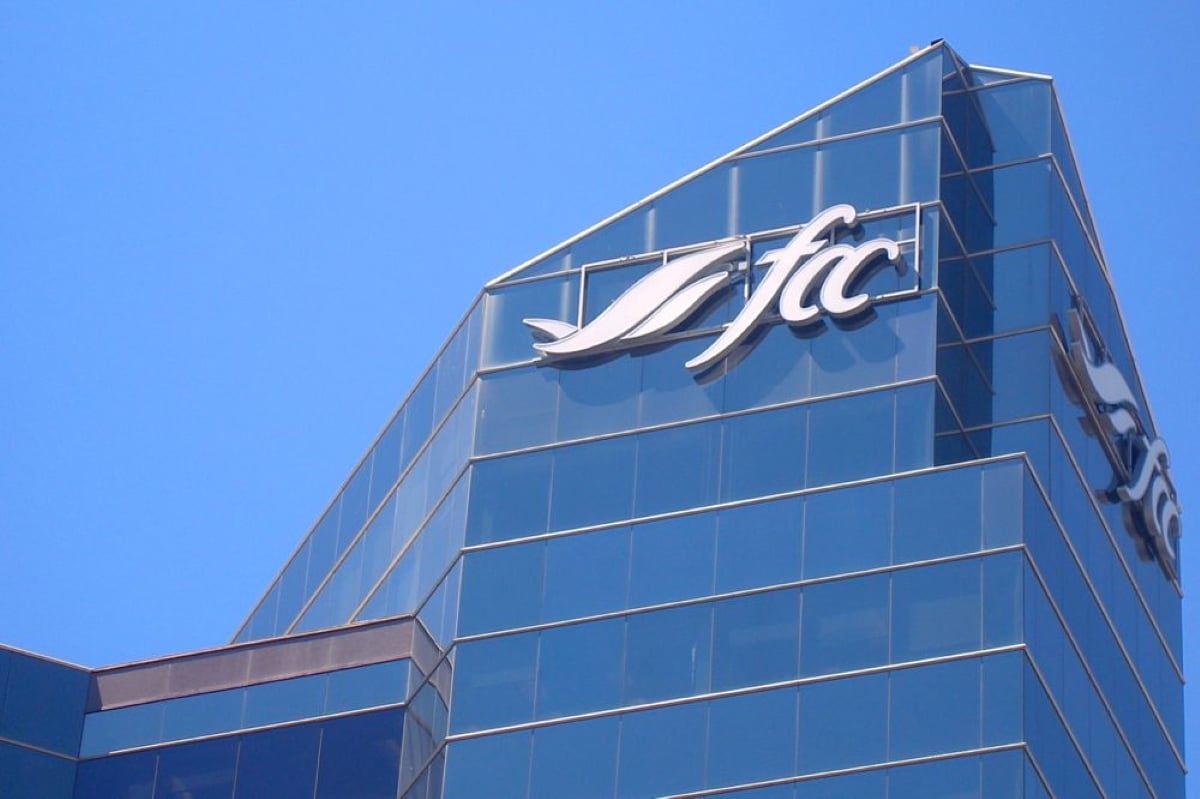The Alberta farmer whose dairy cow was diagnosed with North America’s second case of BSE is now trying to figure out how to survive in the beef business.
“I’m in the same boat as everyone in this corner of the world,” said Wayne Forsberg of Calmar, as he sat in the audience of a National Farmers Union-sponsored meeting on how to survive the BSE crisis.
“I’m now a beef producer. I want to find out where the beef industry is going,” said Forsberg.
Two years ago, Wayne and his wife Shirley sold their 111-head dairy herd after Wayne lost part of his limbs to meningitis.
Read Also

Farm Credit Canada partners with major Toronto innovation hub
A FCC parntership with MaRS Discovery District aims to solve technology problems in food supply chains.
Eight of the dairy animals were sold to a buyer in the United States. In December, a six-year-old cow in Washington tested positive for bovine spongiform encephalopathy and was traced back to the Forsberg farm. It’s believed the animal contracted BSE from eating contaminated feed.
Beef markets across North America have been in turmoil since the discovery of the first case of BSE in May 2003 when more than 35 countries closed their borders to Canadian cattle.
Like more than 100 other farmers in the audience, Forsberg is trying to figure out what he can do to stay in business if the border to the U.S. doesn’t open soon to cattle and a wider range of beef products.
After 35 years milking cows and earning a steady income, Forsberg said he feels like he’s fallen into a pit of rattlesnakes trying to survive in the beef industry.
If farmers are going to stay in business, drastic measures must be taken to get the borders reopened to Canadian cattle, he said.
“We have to attack it on several fronts including testing every animal,” said Forsberg in his first interview given since the family went public at a news conference, where they announced that the second BSE animal came from their farm.
“I’m inclined to see all animals tested.”
Forsberg also believes there has to be a concerted effort to reduce the number of beef cattle Ð especially cows Ð to a level that Canadians can sell and consume.
After being on the quota system in the dairy industry, where farmers only produce enough milk for consumption, he sees the excess production in the beef industry as absurd.
“I’d like to see some sort of quota system imposed,” said Forsberg, who doesn’t know why farmers would be opposed to a system that makes them money.
“Every morning when I went out to milk the cows, I knew I was going to make a profit.”
Since he quit the dairy business he feels like he’s trying to farm government programs.
“I feel like a welfare recipient. It’s somewhat degrading,” said Forsberg, who added he wasn’t allowed to have a Net Income Stabilization Account when he was a dairy farmer.
“We need to come up with a system that will work.”














